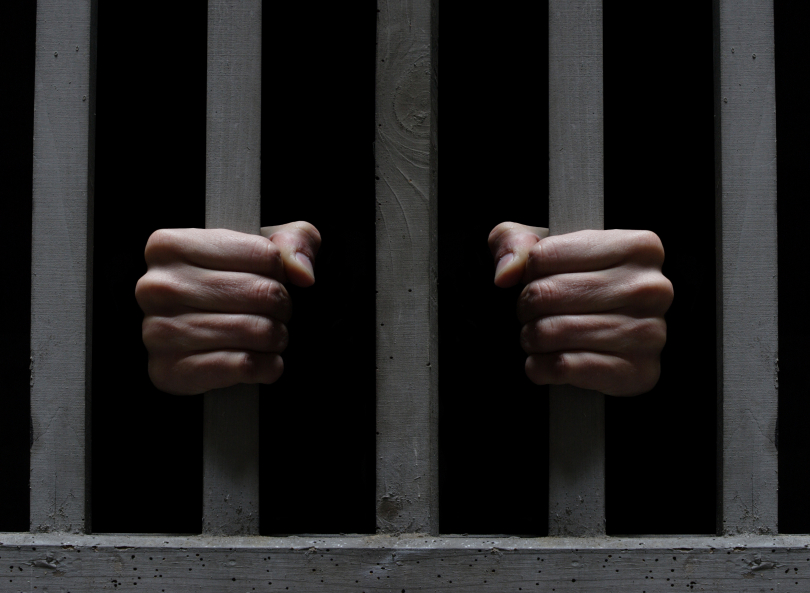
Advertisement
Although it has been proven false time and time again, criminal justice reform advocates constantly argue that the legal system is corrupt and is discriminatory against blacks and other minorities. Based on this largely false notion, the state of New Jersey has developed an algorithm to fix the “broken” bail system, which they argue discriminates against low-income and highly policed communities.
While guidelines and standards for how judges set bail vary from state to state, typically the bail system includes a bail schedule, fees for specific offenses, and a personal judgment as to whether or not the offender will appear back in court or commit another crime out on the streets. If the bail can’t be paid, the offender remains behind bars until the date of his or her trial, which can sometimes be up to a month.
But on January 1st of this year, the state of New Jersey implemented an algorithm to replace the traditional bail system, the goal of which was to mathematically assess the situation to reduce racial discrimination. Called the Public Safety Assessment, the algorithm was designed by the Laura and John Arnold Foundation, a Texas-based nonprofit organization that looks for and funds innovative solutions to criminal justice reform.
Notably, New Jersey is not the first state to implement such a system. As a matter of fact, several states across the country have computer-based methods for determining bail fees, the probability that offenders will commit further crimes upon release, and who might be flight risks.
However, there is no such thing as a perfect system. Last year, ProPublica revealed through investigative reporting that many of these algorithms actually have racial biases built into them. The software uses data points taken from interviews with defendants, including data such as zip codes, education and family history of incarceration. All of these things can potentially be viewed as proxies for race.

But according to Matt Alsdorf, the vice president of the foundation’s Criminal Justice Initiative, this system is different. Analyzing data from more than 100,000 cases, the initiative looked for common factors among re-offenders. They found that race-related data points such as zip code and education actually weren’t very effective when setting bail.
Alsdorf explained, “The strongest predictor of pretrial failure largely has to do with someone’s prior conduct.” While the system is programmed to use conviction records instead of actual criminal records, Alsdorf admits that conviction records aren’t entirely colorblind. Even though the Bureau of Justice statistics don’t include information regarding race-related convictions, advocates of criminal justice reform claim that there is a disproportionate conviction rate between white defendants and black defendants.
Cathy O’Neil, for example, a former math professor at Barnard College and author of the book Weapons of Math Destruction, says that there is a legitimate concern over excessive policing in black neighborhoods.
On the other hand, arguments have been made primarily by right-of-center Americans that the problem has less to do with over-policing and more to do with black culture itself. In other words, the criminal justice system, though flawed in certain areas, is nowhere near as broken as work ethic and personal responsibility.
Between the years 1980 and 2008, blacks committed 52 percent of all homicides, despite making up just 13 percent of the population. In contrast, whites, while composing 77 percent of the population, committed 45 percent of the homicides over the same time frame. Furthermore, in her book The War On Cops: How The New Attack on Law and Order Makes Everyone Less Safe, Heather MacDonald explains that in Chicago, Illinois, blacks committed 75 percent of all shootings, 70 percent of all robberies and 66 percent of all violent crimes.
Perhaps before we as a country look into ways to reform the criminal justice system, we should go to the source and find ways to prevent the crimes in the first place.
Sources:
Submit a correction >>
This article may contain statements that reflect the opinion of the author
Advertisement
Advertisements















